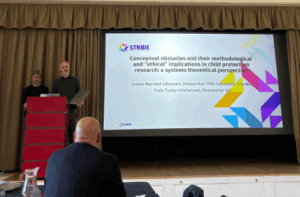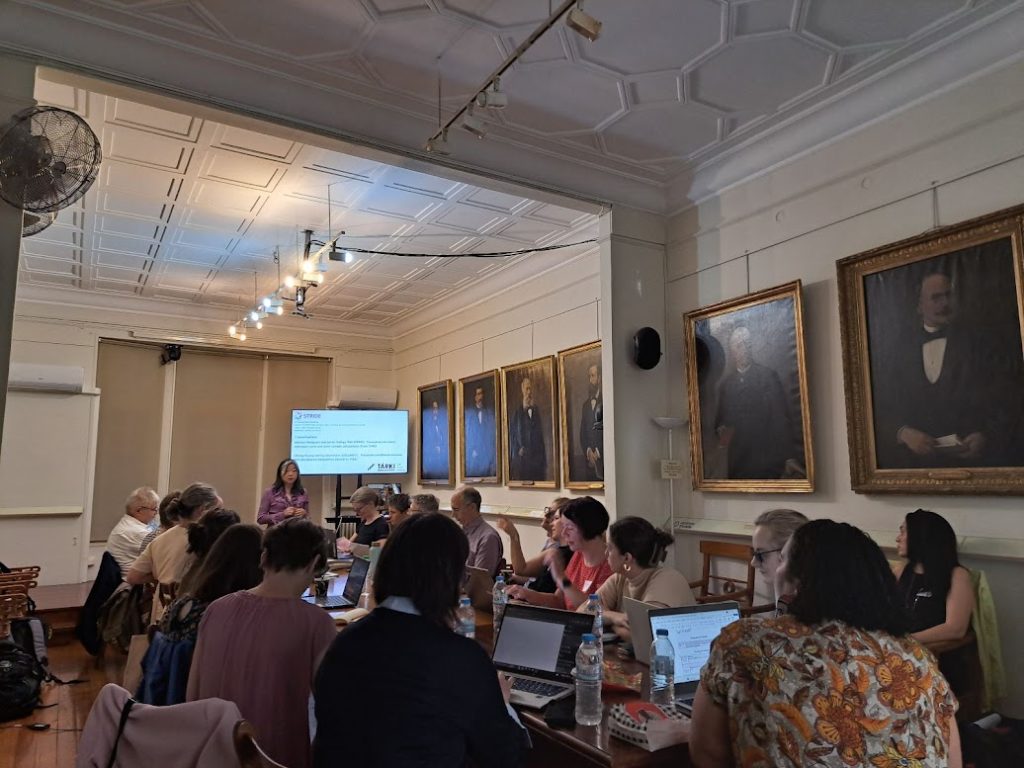The European Commission is preparing its Gender Equality Strategy for 2026–2030, and their intention is to involve the general public in the process. That’s why they’ve launched a public consultation, inviting feedback from individuals, organisations, and institutions across the European Union. This is a key opportunity to help shape the future of gender equality policy at the European level—especially for those involved in the research and innovation (R&I) community.
At STRIDE, we invite all our partners, peers, and the entire research sector to respond to this call and help us shape the gender equality strategy of the near future.
Whilst the current Gender Equality Strategy (2020–2025) has been a step forward in embedding gender equality into European action—with measures such as the inclusion of Gender Equality Plans (GEPs) as requirements for Horizon Europe participation, or the renewed attention to gender-based violence, intersectionality, and representation—the truth is that, to achieve truly embedded gender equality within R&I institutions, we need a structural transformation.
A transformation that guarantees the sustainability of GEPs beyond the end of funded projects; that keeps intersectionality ever-present, combining gender with race, disability, or socio-economic background. A transformation that addresses gender bias present in research, staffing practices, and decision-making processes—moving toward real gender equality.
This is where the STRIDE mission becomes critical: we aim to support and accelerate structural changes in research organisations through evidence-based approaches, capacity building, and stakeholder engagement.
This is achieved through several actions:
- Ensuring the necessary continuity of the GEP requirement in publicly funded research
- Providing monitoring tools as well as capacity-building support for implementation
- Encouraging intersectional data collection and analysis, while funding research on intersecting inequalities
- Developing tools and guidance for institutions that may be facing resistance to gender equality implementation across Europe
- Incentivising the application of gender data analysis across all fields of research
These and many more actions are needed to improve the gender equality strategies of the EU. You can help by leaving your feedback in the European Commission’s call:
Image credits:
Photo by J MAD fron Pexels: https://www.pexels.com/photo/black-and-white-photo-of-european-parliament-building-in-brussels-belgium-21550324/














